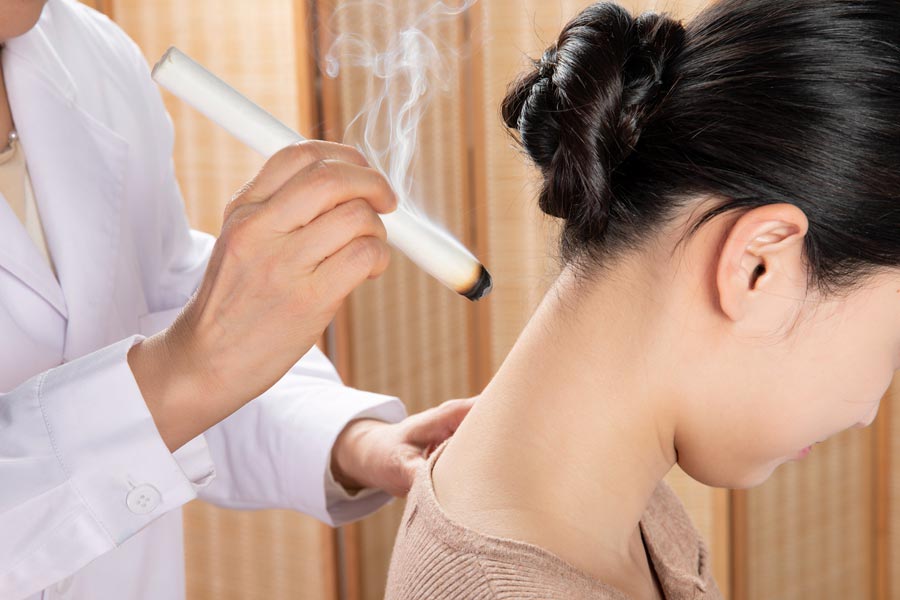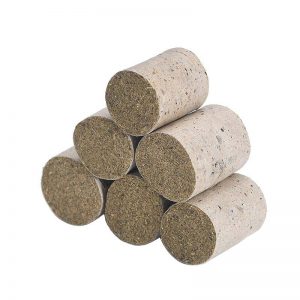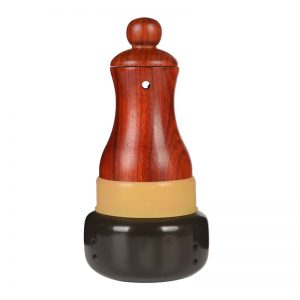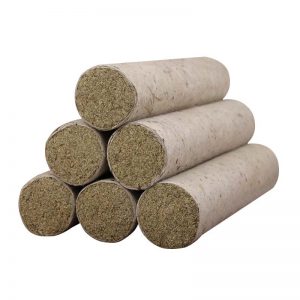Allergic rhinitis is the inflammatory reaction and nasal symptoms caused by immunoglobulin after the nasal mucosa is exposed to allergens. This disease can occur at any age, but mostly between 15-40 years old, and is most common in spring and autumn. The incidence is rising, having reached about 38% with no significant difference between men and women.
In TCM, Allergic rhinitis is often caused by wind-cold attacks or weak constitution with or deficiency of the yang qi of the lung, spleen and kidney. When yang qi is deficient, the Defense becomes insecure and the body is vulnerable to attacks by the wind. Such attacks hinder the lung’s ability to diffuse and descend, causing blockage of the nasal orifice.
Clinical manifestations of Allergic rhinitis
- History of allergies for more than six months.
- Paroxysmal sneezing occurs several times a day, mostly after waking up or in the evening after exposure to the allergen.
- Profuse thin nasal discharge that sometimes drips from the nostrils.
- Intermittent stuffy nose affecting one or both nostrils.
- Itchy nose, eyes, the external auditory canal and soft palate.
- Hyposmia.
5 Acupuncture points for Allergic rhinitis
The basic therapeutic principles are to unblock the nasal orifice, boost qi and consolidate the exterior. Acupoints are chosen based on the principle that the lung governs respiration and opens to the nose.
1. EX-HN3 Acupoint (Yintang)
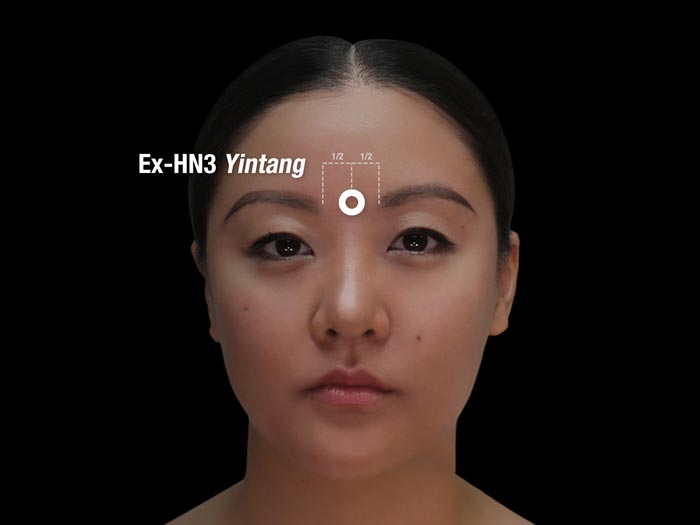
Location: On the forehead, at the midpoint between the two medial ends of the eyebrow.
Effect: Dispels wind, releases the exterior, unblock the nasal orifice.
2. BL 7 Acupoint (Tongtian)
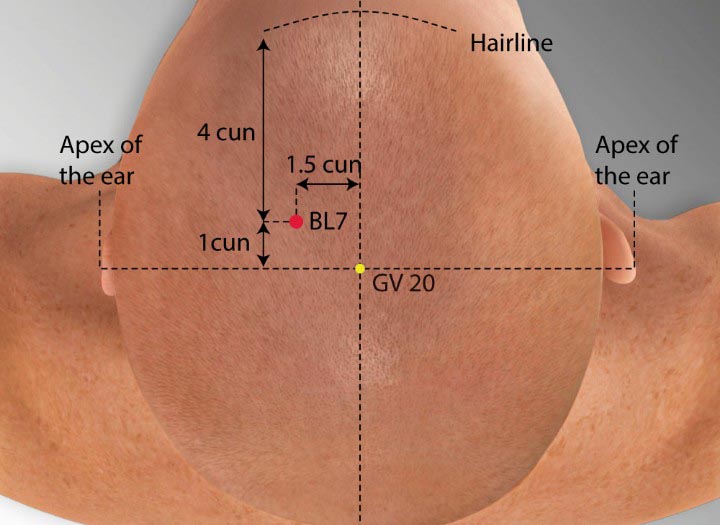
Location: 4 cun above the anterior hairline, 1.5 cun lateral to the midline.
Effect: Scatters wind, releases the exterior, and open the nasal orifice.
3. GB 20 Acupoint (Fengchi)
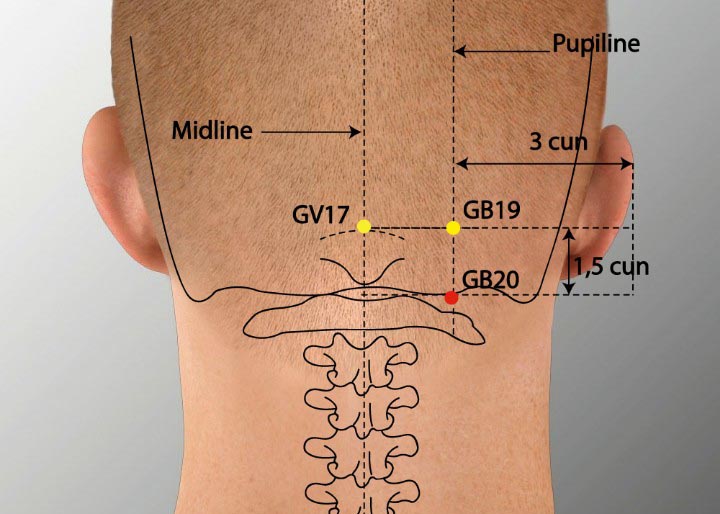
Location: Below the occipital bone in the depression between the superior-lateral trapezius muscle and the superior-posterior sternocleidomastoid muscle.
Effect: Scatters wind, releases the exterior, clears and disinhibits the head and eyes, and opens the nasal orifice.
4. BL 13 Acupoint (Feishu)
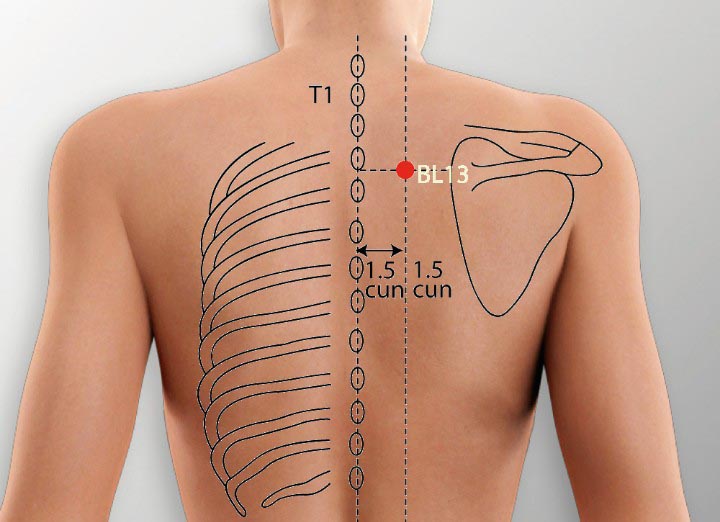
Location: On the back 1.5 cun lateral to the midline, level with the lower border of the spinous process of the third thoracic vertebrae.
Effect: Scatters wind, dissipates cold, diffuse lung qi.
5. CV 8 Acupoint (Shenque)
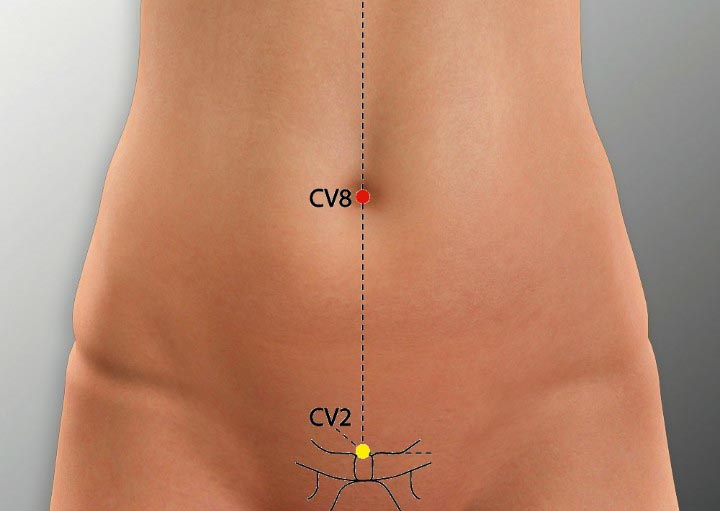
Location: In the center of the umbilicus.
Effect: Supplements original qi.
Moxibustion treatment methods
- Single-point mild moxibustion on EX-HN3.The patient should feel heat expand over the forehead or a local feeling of tightness. An extra point, EX-HN3 can dispel wind, release the exterior and unblock the nasal orifice.
- Double-point mild moxibustion on BL 7. The patient should feel heat penetrate or a local feeling of tightness. Located on the Bladder meridian, BL 7 can scatter wind, release the exterior and open the nasal orifice.
- Double-point mild moxibustion on GB 20. The patient should feel the heat penetrate deeply, expand over the area or transmit along the Governing Vessel. GB 20 can scatter wind, release the exterior, clear and disinhibit the head and eyes, and open the nasal orifice.
- Double-point mild moxibustion on BL 13. The heat should penetrate the thorax and spread over the back or upper limbs. BL 13 is where the lung qi gathers at the back, and can scatter wind, dissipate cold, and diffuse lung qi.
- Single-point mild moxibustion on CV 8. The heat should penetrate into the abdominal cavity. Located on the Conception Vessel, CV 8 is an important acupoint to supplement the original qi.
Treat once a day, choosing two or three groups of the above acupoints each time. Ten treatments make a treatment course. Give two or three courses total, with two to five days in between for rest.
Conclusion
Moxibustion can warm yang, free the flow of qi, and enhance immunity, and is thus effective in the treatment of allergic rhinitis.
Patients should avoid allergens, pay attention to weather changes, protect themselves against cold, keep warm and get adequate physical exercise to enhance immunity.

